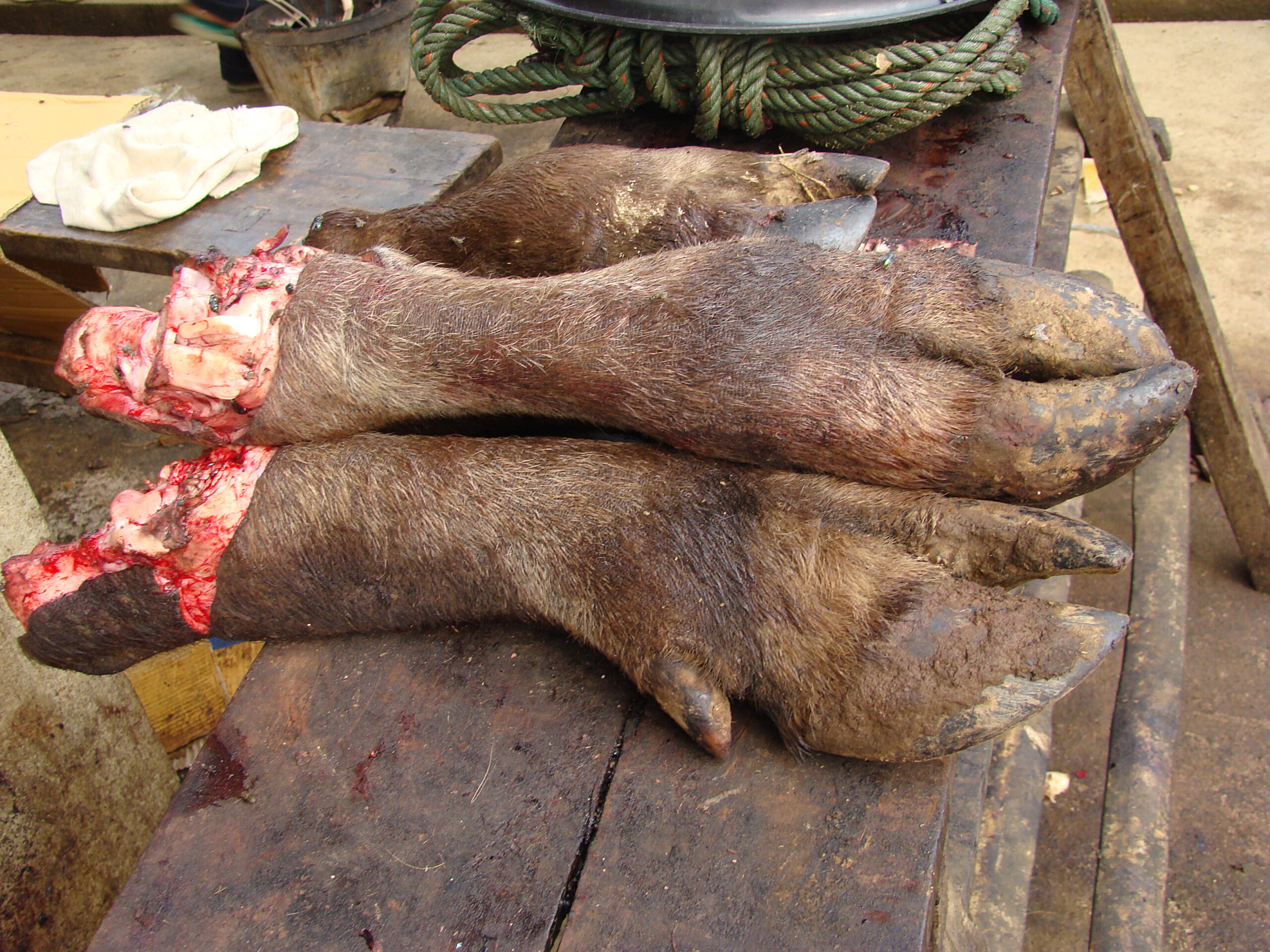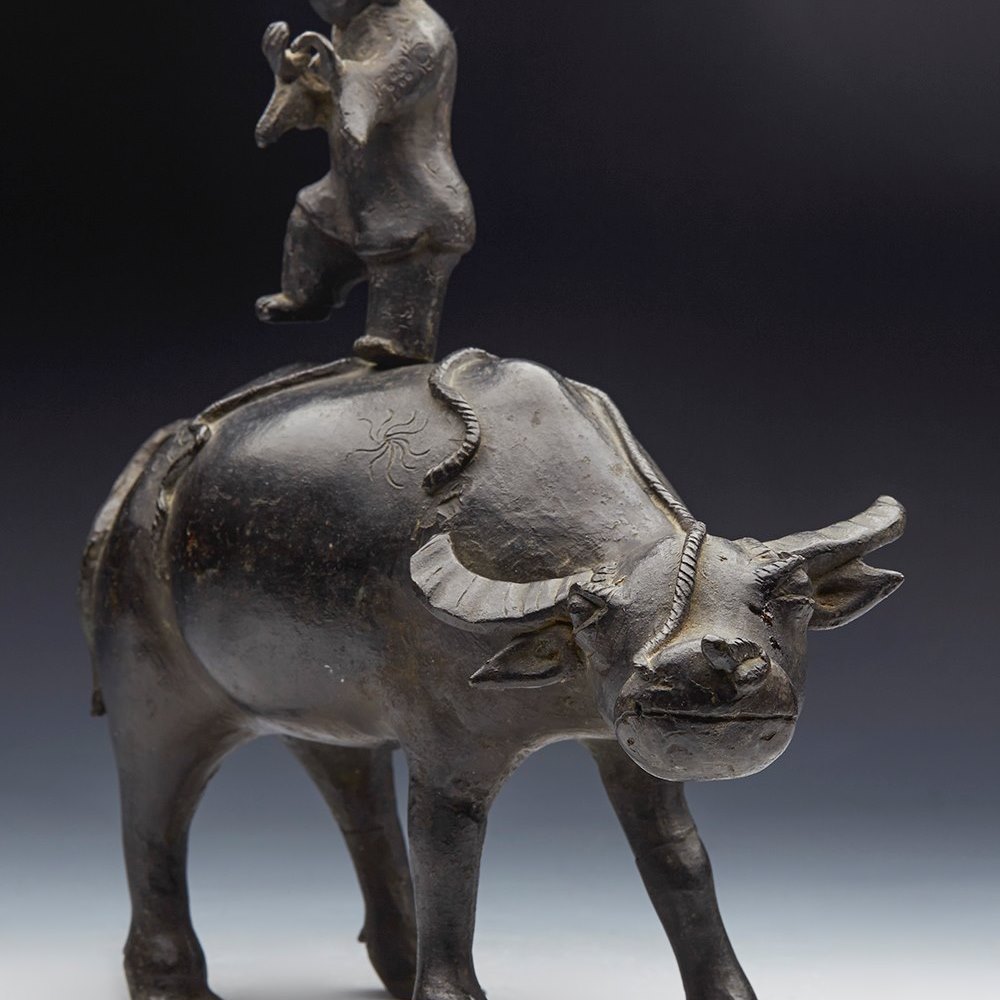
Most breeds have curled horns and are mainly found in India, Pakistan, and some European, western Asian, and American countries. River buffaloes are usually larger than swamp buffaloes and weigh between 450 and 1,000 kg. The morphology of the two subspecies differs considerably. Male crossbred progeny may sometimes present fertility problems, while female progeny exhibits longer calving intervals ( 10) however, this only applies in the case of further backcrossing. The two subspecies are interfertile, with their progeny containing 49 chromosomes. bubalis kerebau), which are genetically distinct with different chromosome numbers (50 and 48, respectively), and distinct morphology, physiology, and productive and reproductive performances ( 9). bubalis bubalis) and the swamp buffalo ( B. The water buffalo comprises two subspecies: the river buffalo ( B. The water buffalo or Asian buffalo ( Bubalus bubalis) is a domesticated species that can be confused by the general population with the wild American bison ( Bison bison), incorrectly called Buffalo in North America, and occasionally, with the African Buffalo ( Syncerus caffer), which are two unrelated species of wild animals. Figure 2 shows the phylogenetic tree based on the D-loop region of several species of the Bovini tribe, including the Bubalus genus. It is a critically endangered species from the Philippines with only 220–300 mature animals remaining ( 8). It is a small animal (100 cm tall) with short and strong horns. Bubalus mindorensis is found only on the island of Mindoro in the Philippines therefore, it is also called tamaraw or Mindoro buffalo. quarlesi based on the environment it inhabited. It is conserved in zoos and never used for draft work or for food production and lives in mountains or in lowland forests ( 7). The anoa inhabits only Indonesia, had 46 chromosomes, and is a small animal (100 cm tall) with thin and straight horns (25 cm long).

quarlesi) however, there is some debate on whether they are the same or distinct species ( 6). depressicornis) and the mountain anoa ( B. The anoa, which is endemic to Indonesia, comprises two species: the lowland anoa ( B. This species was distributed across Asia but is now considered endangered ( 5). This is a very large animal, reaching a height of up to 200 cm and a weight of up to 1,000 kg it can be either gray-black, dark gray, or dark brown and has large horns that are separated at the base ( 4). Wild animals of this genus include the wild Asian buffalo ( Bubalus arnee) that originates in northern India and lives in marshes and in the jungle. We reviewed several data sources to provide a better estimate of the world buffalo count and distribution.īubalus, a genus of the Bovidae family, was distributed widely in Europe and Asia during the Pleistocene. In this review, we presented the basic aspects of the water buffalo and unraveled the buffalo path followed from the origin of the species to its current global distribution. The best estimate is that 208,098,759 buffalo head are distributed in 77 countries in five continents. We found limited information available regarding the worldwide distribution of buffaloes. The swamp buffalo has a consistent phenotype and is considered as one type, even if many breeds are recognized within it conversely, the river buffalo subspecies has many breeds.


The domestic buffalo ( Bubalus bubalis), also known as water buffalo or Asian buffalo to prevent confusion with the American bison ( Bison bison), wrongly named buffalo in North America, comprises two subspecies: the river buffalo ( B.


 0 kommentar(er)
0 kommentar(er)
